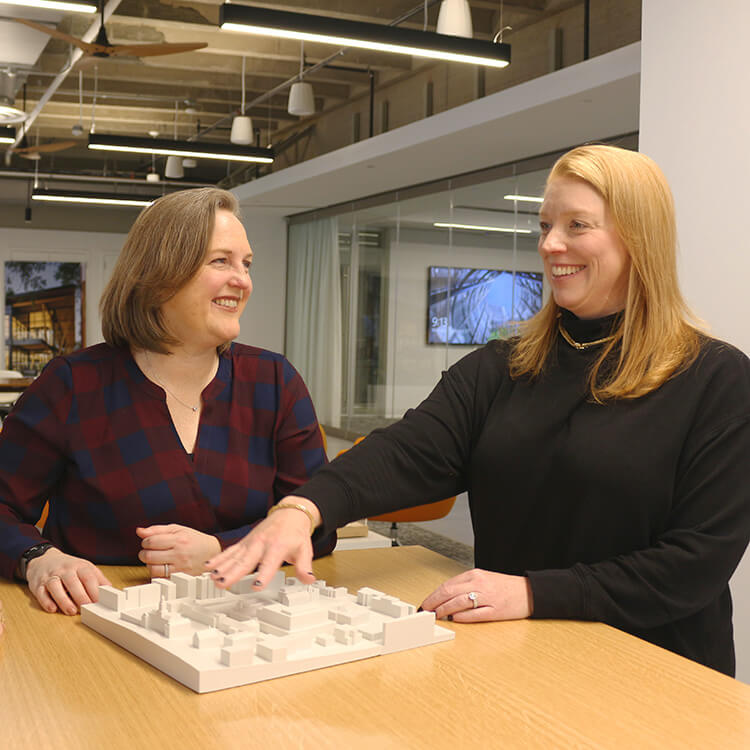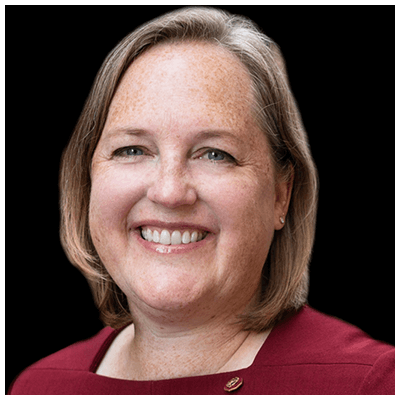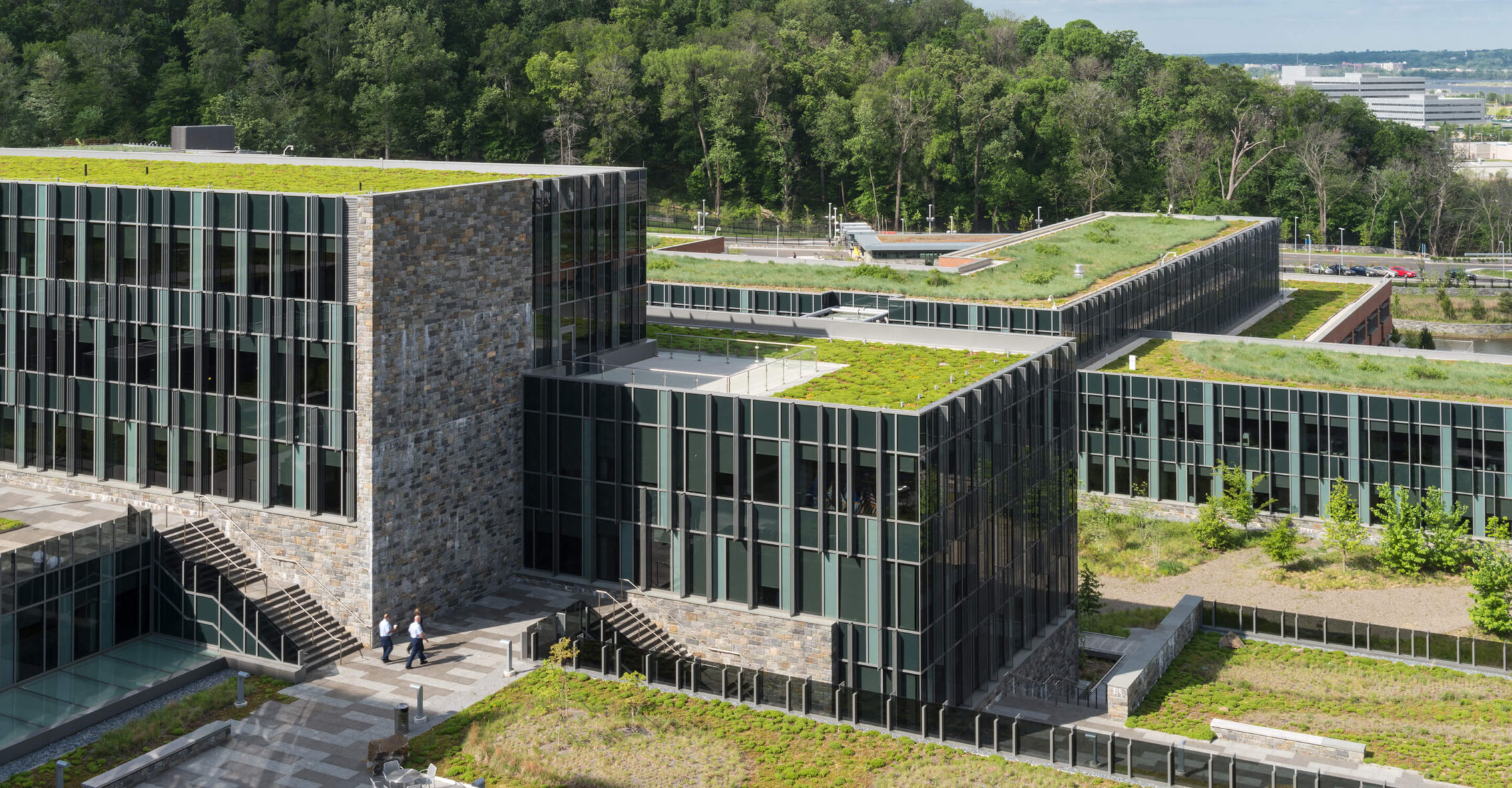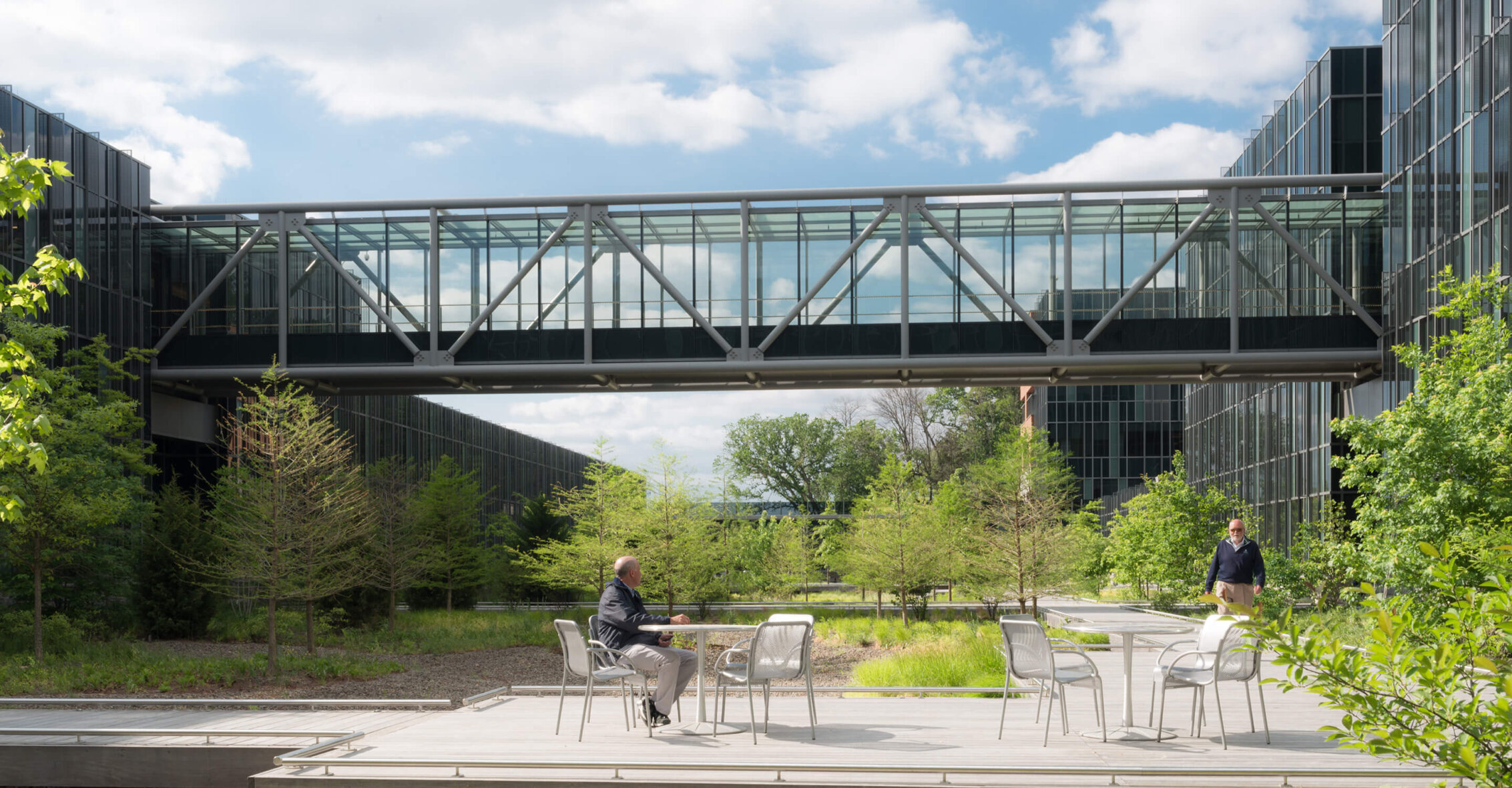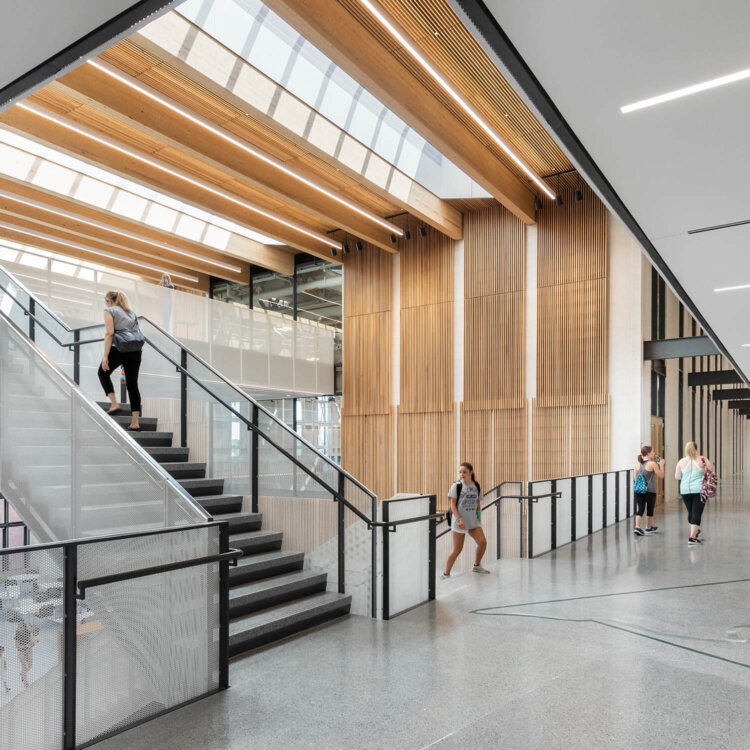Emily Grandstaff-Rice: For me, it’s about recognizing that culture and what we define as good design changes over time. Historically, architectural style has been valued and driven by pedagogy or aesthetics. Through that lens, we weren’t looking at the larger picture. Design excellence is much more than what a building looks like or how it photographs. It’s about being proactive and having a common understanding about our values.
From the AIA perspective, we look at it through the Framework for Design Excellence, which informs progress toward a zero-carbon, equitable, resilient, and healthy built environment. It asks questions like: How does your building perform and fit the users? How does it change over time? How does it account for equity and community beyond the client realm?
For federal architecture, it has an extraordinary opportunity to show what we value as a society. It can also help push us forward in ways that private development doesn’t always think about.
From the AIA perspective, we look at it through the lens of the Framework for Design Excellence, which informs progress toward a zero-carbon, equitable, resilient, and healthy built environment. It asks questions like: How does your building perform and fit the users? How does it change over time? How does it account for equity and community beyond the client realm?
For federal architecture, it has an extraordinary opportunity to show what we value as a society. It can also help push us forward in ways that private development doesn’t always think about.

